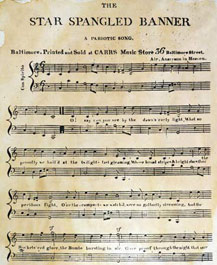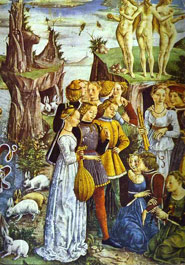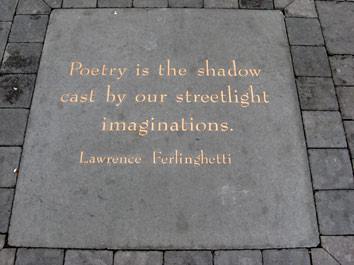Beauty of Nature
As promised, I will create a separate post for this. Baluarte is the only zoo in the Philippines that has no entrance fee (as far as I know). They say that it is not just a zoo but a wildlife sanctuary wherein visitors can interact with animals. It is open every day from 7AM to 6PM.
 |
| kailangan talaga may picture dito |
At the entrance, you will see the small horse-drawn carriage called “tiburin”, the rides are free but of course “manongs” are expecting for tip. I know that it is free but my husband who’s not reading my itinerary asked manong if we can ride the “tiburin” and if it is free. Then manong whispered, tip lang po. I do give tip but I hate it when people are expecting for it. Anyway, we rode the carriage and he brought us to the camel, took some pictures and he dropped us off to animal encounter shows.
Hubby was so active that time and he always volunteers. Well, time to shine. =)
After the animal show, you have chance to take pictures with their tiger, P50 per picture. If you use your own camera, P20 per shot.
 |
We stayed for less than two hours and then we went to Calle Crisologo.

























































![Sing it!]](http://www.webexhibits.org/poetry/imagesFolder/istock000000629900xsmall.jpg)
